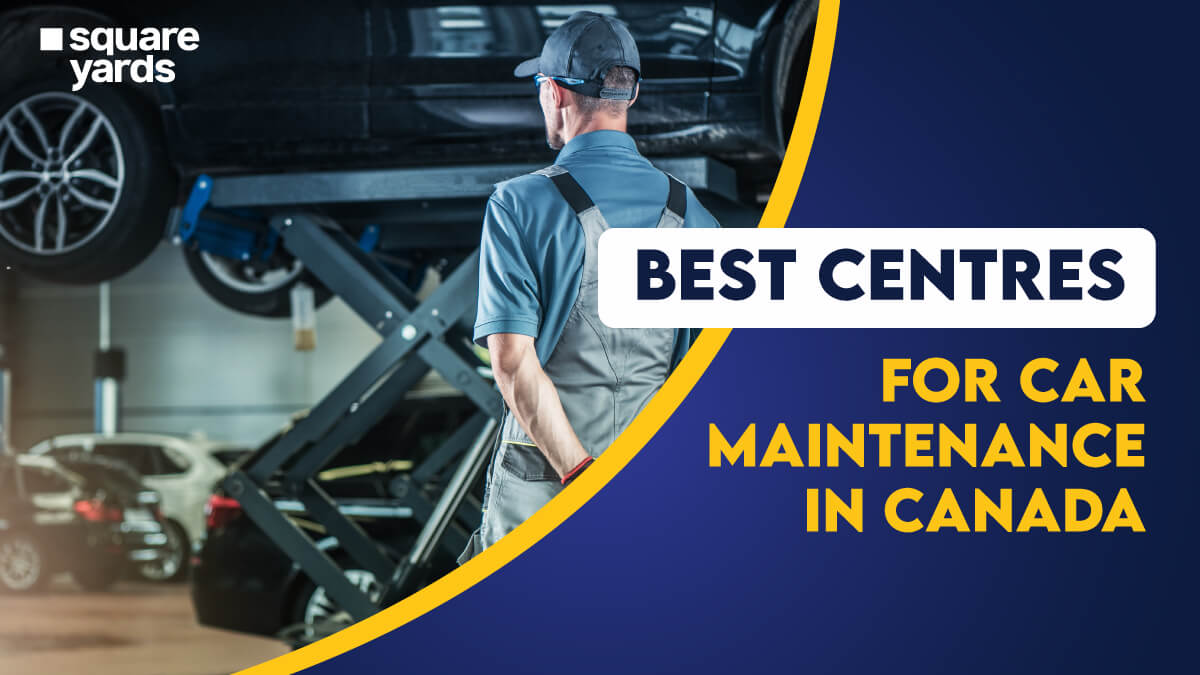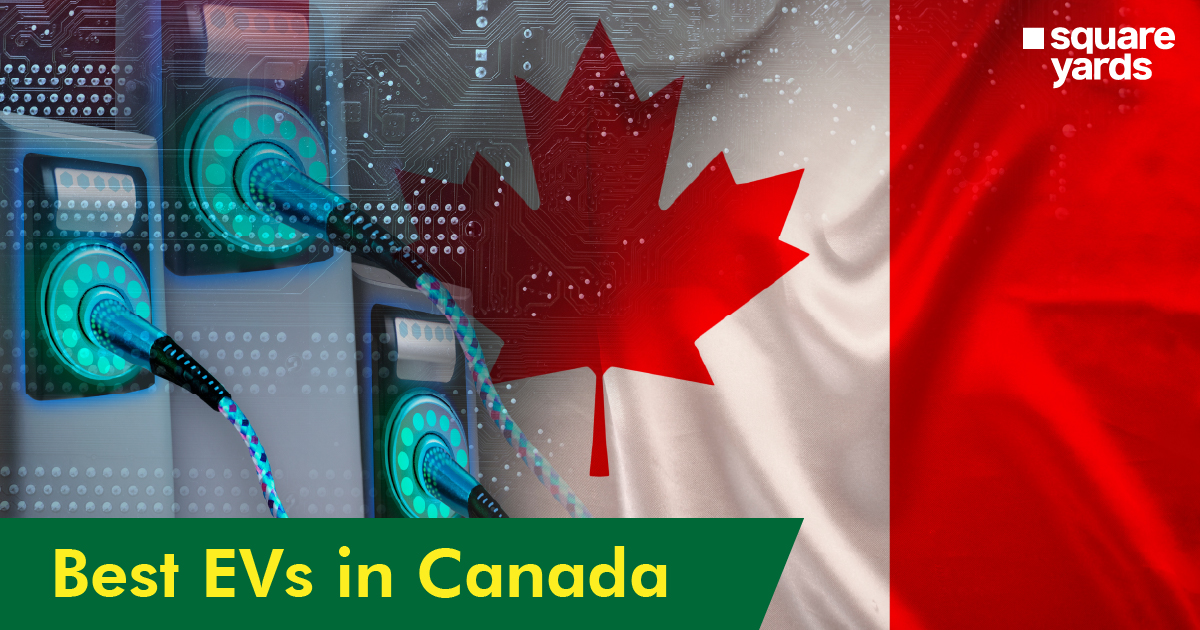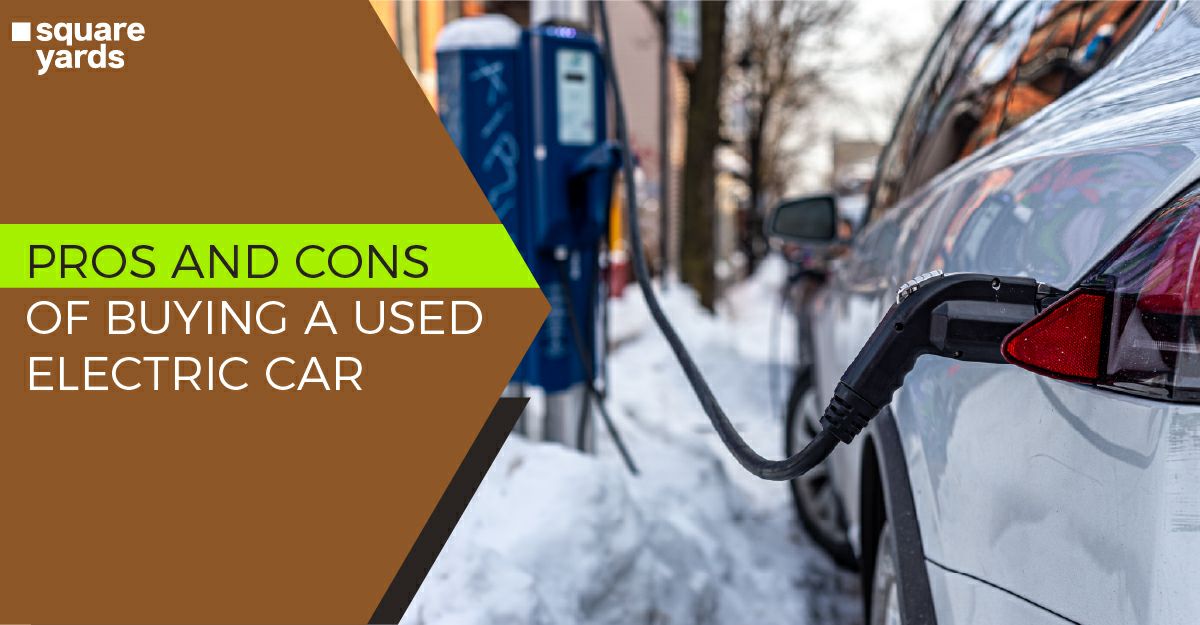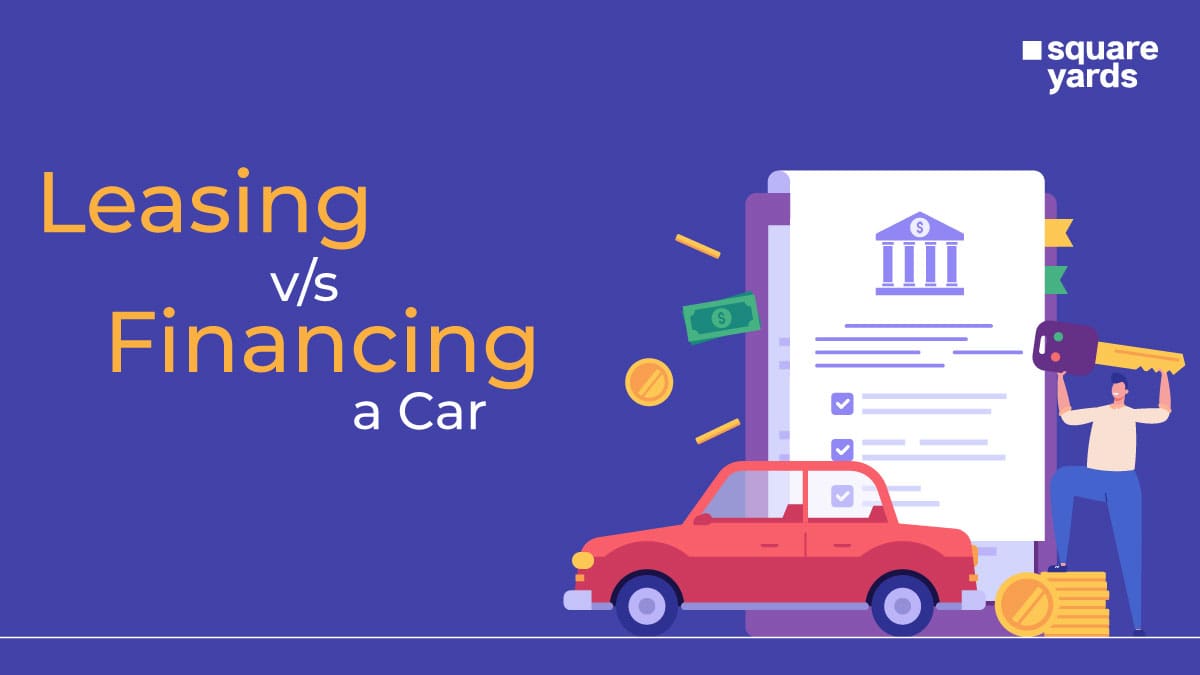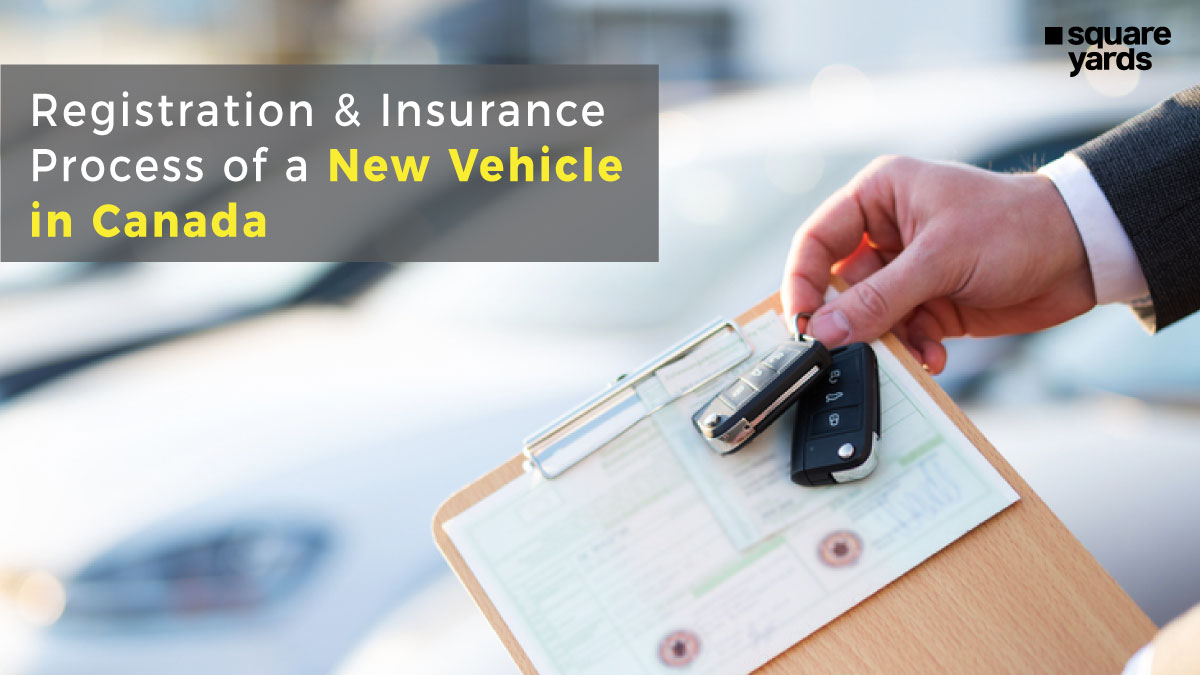As a car owner, you know how valuable your vehicle is. And to keep your car in top-notch condition and prevent costly repairs, it is crucial to keep up with the car maintenance checklist in Canada. Regular car maintenance Checklist in Canada will not only minimise the chance of roadside emergencies but will also boost your vehicle’s resale value and save you on frequent car maintenance costs. If you have just purchased a vehicle, here is a beginner’s guide for it. Follow it to stay on the safe side.
Car Maintenance Checklist in Canada
A car has several components that need regular maintenance and timely replacement. While some components need to be checked every month, others require yearly attention.
Here is a quick car maintenance checklist for every car owner out there:
Monthly Car Maintenance Checklist
This car’s monthly checklist must be followed once every month to ensure the proper functioning of your vehicle.
-
- Inspect tyres
- Check the oil and coolant levels
- Test lights
- Inspect the windshield and washer fluid levels
Inspect Tyres
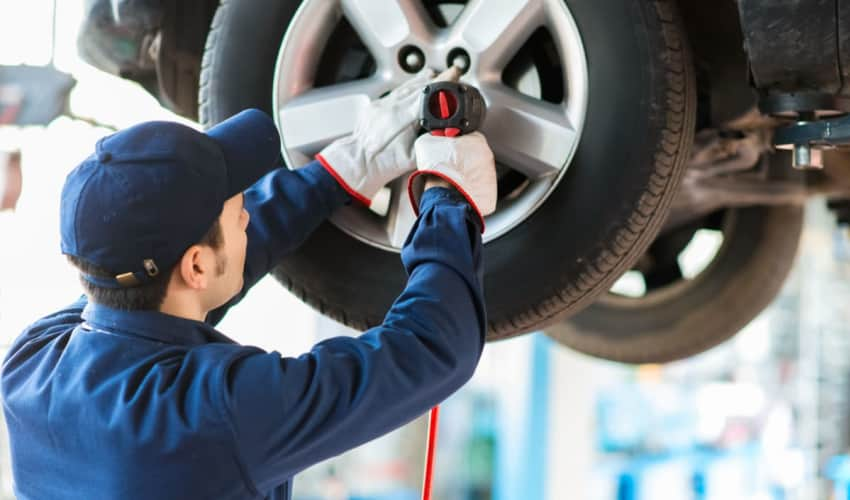
Driving with overly worn or improperly inflated tyres can cause handling problems and lead to difficulty turning and maintaining control. Hence, it is essential to ensure the tyres are in good shape. Check the pressure of the tyres monthly and also before embarking on long trips or loading the vehicle with heavy cargo.
Check your car’s manual to know how much pressure your car’s tyres need. A tyre gauge available at a local auto repair shop or store will tell the pressure of the tyres in PSI (pounds per square inch) in no time. While testing the tyre pressure, check the tyre tread depth too.
Check The Oil And Coolant Levels
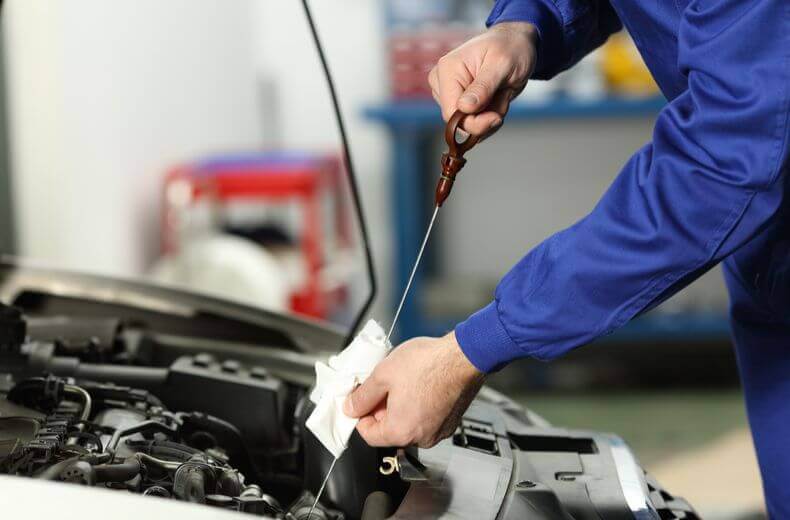
Checking and changing the oil and coolant levels is a critical component of the car maintenance monthly checklist. Generally, the car’s oil should be changed after travelling 3,000–5,000 miles. Also, you should check the oil levels between changes. To check the coolant levels, have a look at the coolant reservoir and ensure it is up to the “full” line. If not, add a 50/50 coolant-water mixture until the line is back to the top.
Test lights
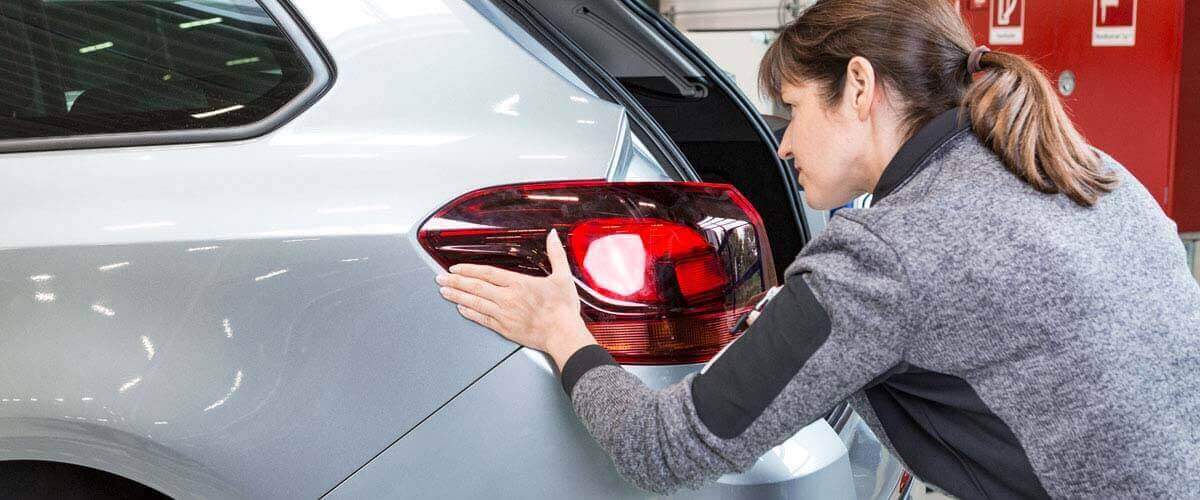
Better headlights increase the visibility down the lane and offer a safer experience while driving especially at night. So, one of the key tasks in your car maintenance monthly checklist should be inspecting your vehicle to ensure the headlights and taillights are working. See through their lenses to ensure they are clean and not covered with haze. If the headlights are dim, they need a replacement. In such a case, opt for a high-performance pair of headlights.
Inspect The Windshield And Washer Fluid Levels
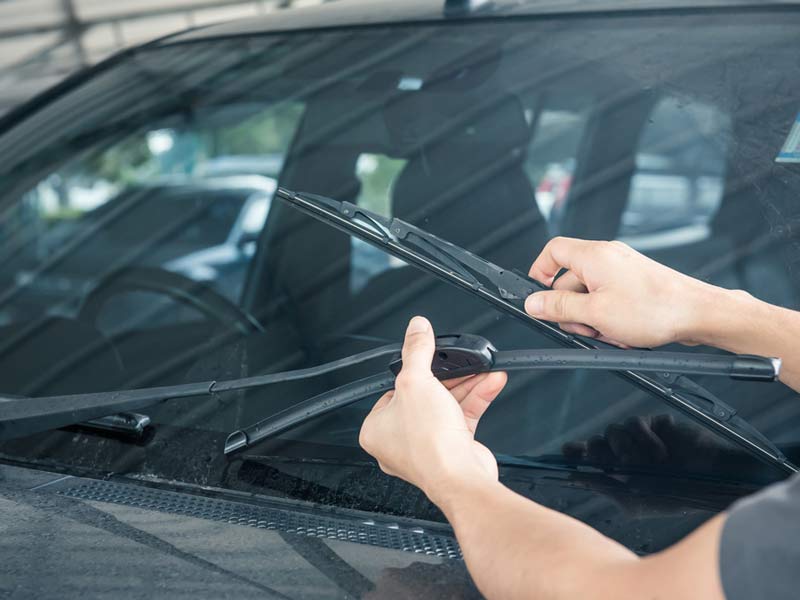
Heading out on a road trip during the winter? Check the condition of your vehicle’s wiper blades and washer fluid. Look for cracks, splits, etc. on the windshield. It is advisable to clean the windshield regularly and get it cleaned periodically. Also, check the windshield washer fluid levels and top them up as required to prevent getting stuck on the highway.
Quarterly Car Maintenance Checklist
Inspecting your vehicle quarterly by yourself or through a service technician will ensure smooth working all year round and prevent unwanted damage.
-
- Change oil and oil filter
- Check the car battery
- Inspect belts and hoses
Change Oil And Oil Filter
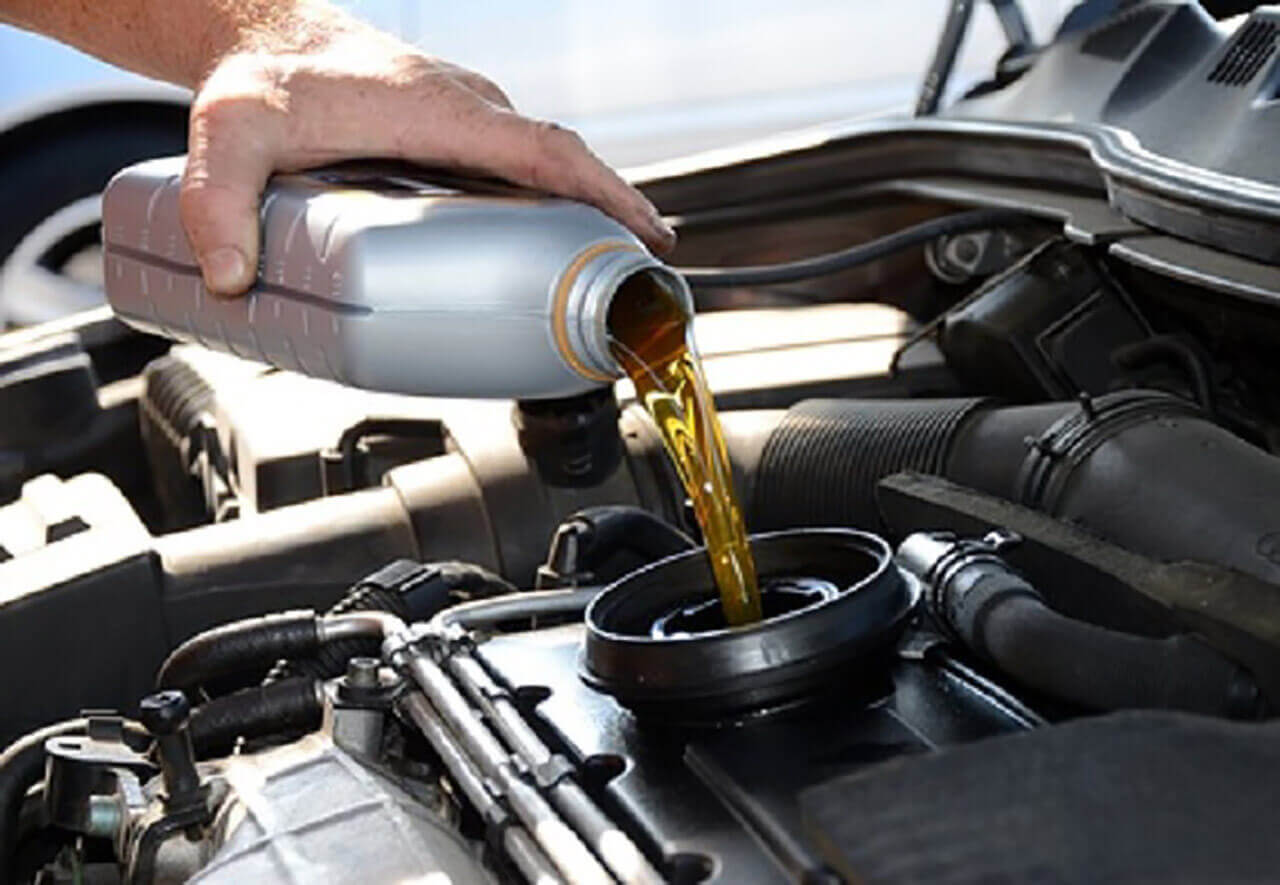
Every 3–4 months, you need to change the engine oil and oil filter to ensure the smooth operation of the car’s engine. If you have travelled over 5,000 miles, make sure you change the oil without further delay. Also, replace the oil filter to safeguard the engine from dirt and buildup that can clog and eventually damage the engine.
Check The Car Battery
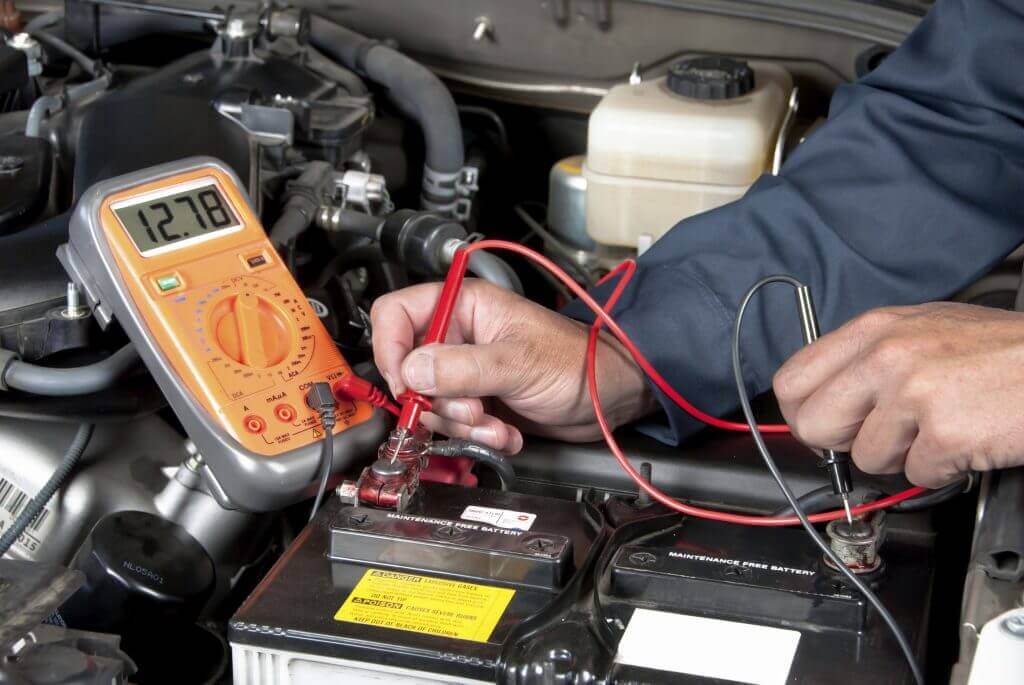
While doing quarterly maintenance checks, inspect the car’s battery and the cables. Check the acid level and see if the cables are connected properly. Conduct a battery load test. Note that a fully charged battery should measure about 12.6 volts or above. Most importantly, check the positive and negative terminals for corrosion.
Inspect Belts And Hoses
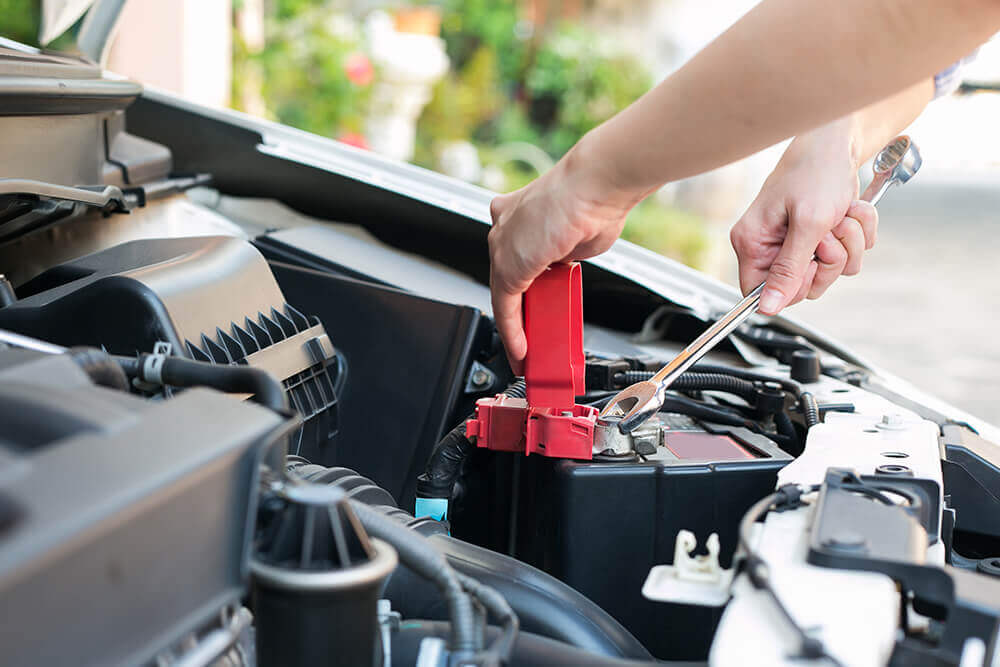
A belt or hose failure can lead to an overheated engine and loss of the electrical charging system. So, inspect belts and accessory hoses from time to time, usually after 3-4 months. Check for holes, cracks, splits, or fraying. Any belt that shows signs of excessive wear needs immediate replacement.
Yearly Car Maintenance Checklist
This yearly car maintenance checklist paired with monthly and quarterly check ups will help your vehicle run smoothly, effectively, and safely for longer.
-
- Replace Air Filters
- Check the spark plugs
- Rotate the tyres
- Check brakes and wheel bearing
- Lubricate doors and hinges
- Inspect brake fluid level
- Inspect steering and suspension
Replace Air filters
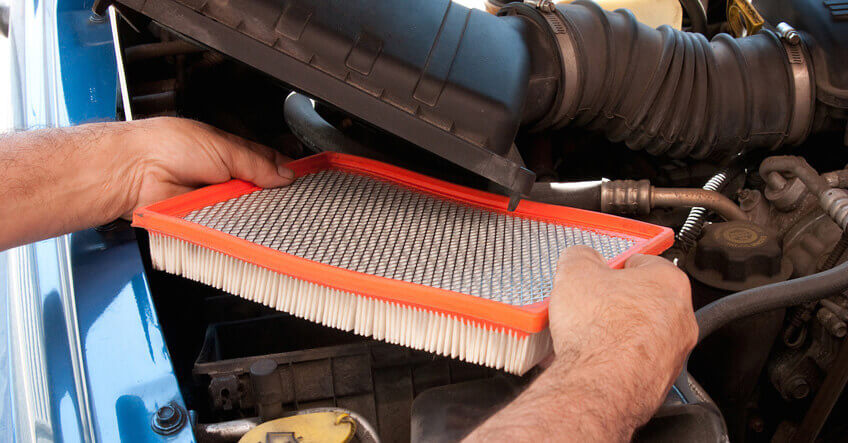
Changing the car’s engine and cabin air filter is a mandatory part of the yearly car maintenance checklist. If you don’t change the filters, they tend to become clogged with dirt and debris easily.
This will eventually impact the efficiency of the filter and the car’s HVAC system. So, once a year, inspect the air filters. Simply take them out and inspect them under a light source. If you cannot see the light coming through the filter, it probably needs a replacement. The new ones will help your car run smoothly, prolong its life, and boost the gas mileage.
Check The Spark Plugs
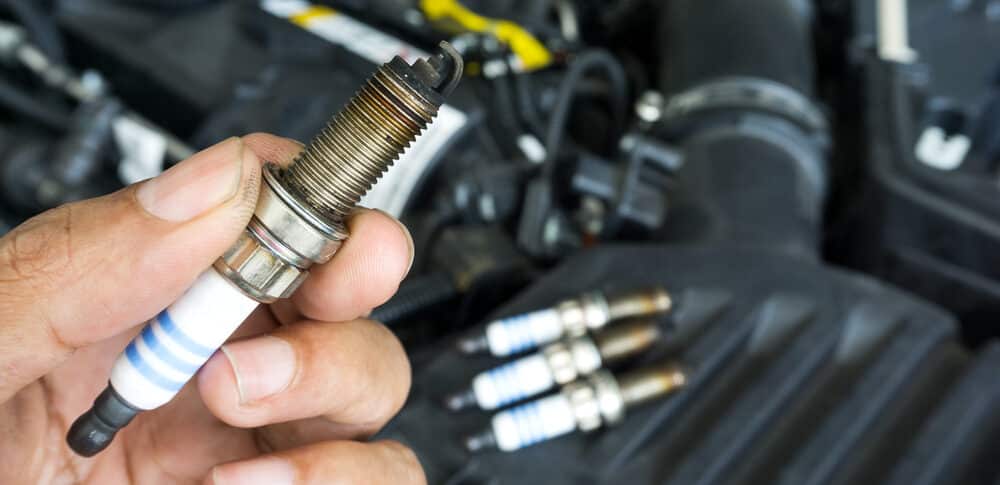
Another aspect of the car maintenance yearly checklist is replacing the plugs as part of preventative maintenance based on the manufacturer’s specifications. If your vehicle is hard to start, the engine is noisy, or your car struggles to accelerate, you need to replace the spark plugs. Choose a suitable spark plug for your vehicle. Maintain the new spark plugs by cleaning them regularly. Remove the plug from its terminal with a socket wrench and then soak the plug in an isopropyl alcohol solution or petrol. Once the electrodes loosen up, brush the plug to remove the deposits using sandpaper.
Rotate the Tyres
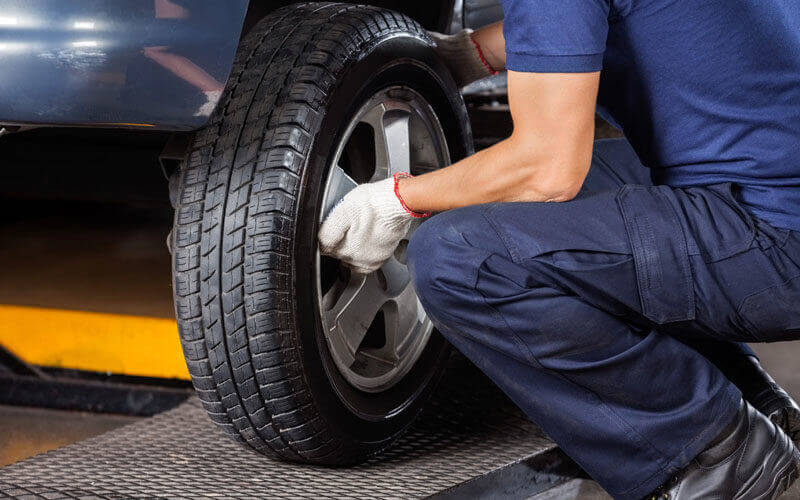
By rotating the tyres, you ensure they wear out evenly and get an extended life. This can eventually save you loads of money in the long run. Have your tyres rotated for every 3000-5000 miles, or once a year.
Check Brakes And Wheel Bearings
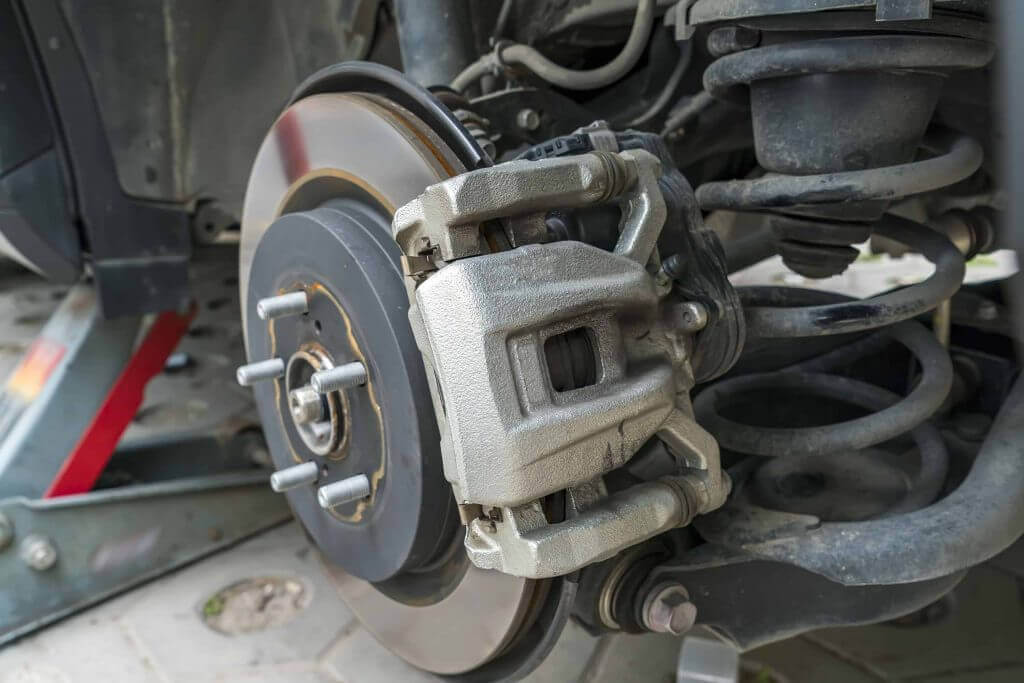
Checking brakes and wheel bearing should be one of the priorities in the car maintenance yearly checklist. Take time to test your car’s brakes and wheel bearings. But how to know whether it’s a bad bearing or poor brakes? Well, the brakes will show problems only when braking, which will usually be in the form of grinding noise. If the noise shows up after about 30 mph, or whenever you turn left or right, it’s probably because of the bad wheel bearing.
Lubricate Doors And Hinges
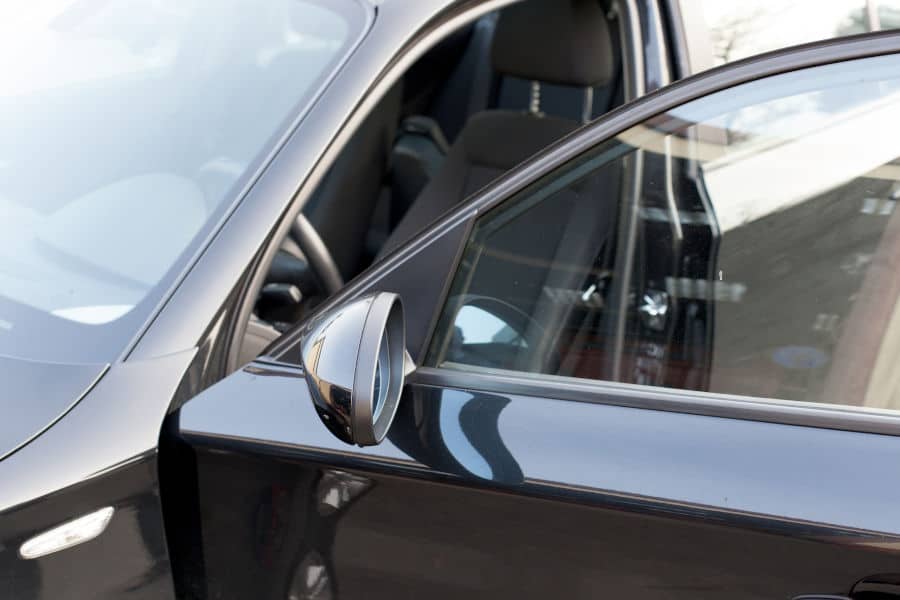
Lubricate doors and hinges once a year to ensure they move smoothly. Applying lube stops the squeaking, and car doors will work without those annoying groans. Wipe the hinge area with a clean cloth and ordinary motor oil to lubricate. Move the hinge to work the grease into the hinge, then wipe away the excess.
Inspect the Brake Fluid Level. To check your car’s brake fluid level:
-
- Unscrew the reservoir cap near the master cylinder on the top of the engine.
- Check if the brake fluid level is half an inch from the top. If not, add the proper brake fluid for your vehicle.
- Check the colour of your brake fluid and get it replaced if it’s dark in colour.
Inspect Steering And Suspension
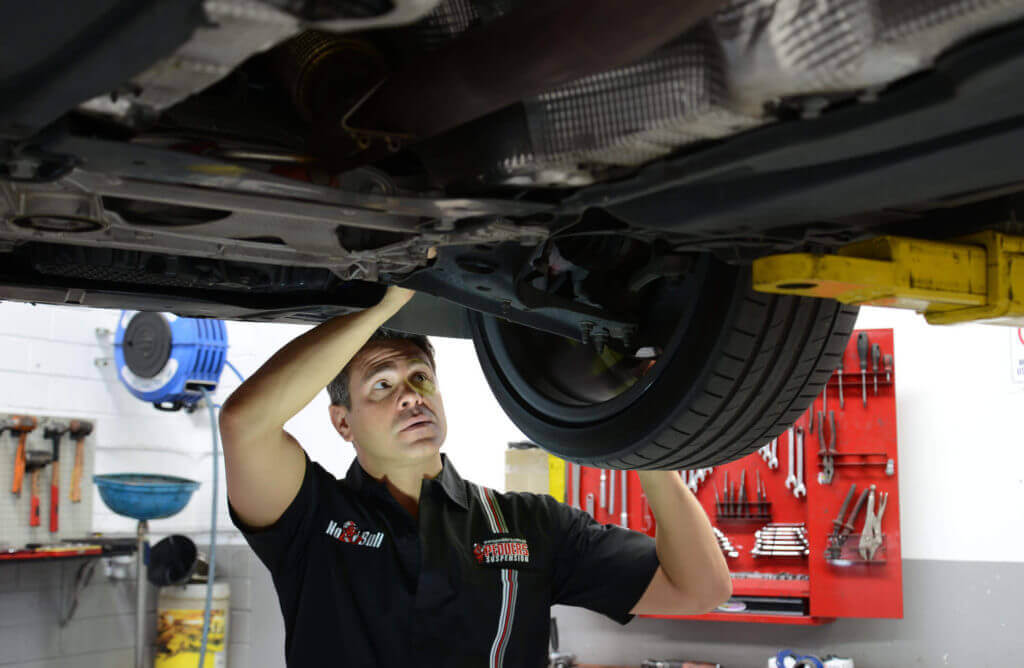
Under normal driving conditions, the suspension and steering systems gradually experience wear and tear. Components like shocks, coil springs, struts, and ball joints may weaken or become damaged over time, which can negatively affect driving performance and safety. Because of this, it’s crucial to have the steering and suspension systems inspected at least once a year to ensure your vehicle remains safe and reliable on the road.
Keep Up With The Seasonal Checkup!
-
- Check washer fluid levels.
- Swap the tyres
- Replace wiper blades
Check Washer Fluid Levels
Canadian winters can be tough on wiper blades, and the intense summer heat doesn’t help either. Consider replacing your wipers at the same time you switch out your tyres. This ensures you maintain clear visibility throughout the year, avoiding those annoying streaks on your windshield.
Swap The Tyres
As temperatures dip below 7°C, switching out your summer or all-season tyres for winter is wise. Using seasonal tyres not only boosts your safety but also extends the lifespan of both tyre sets. Don’t forget to rotate them when you make the swap!
Replace Wiper Blades
If you plan to take your car out during the winter, the road salt can gunk up your windshield, and the last thing you want is to run out of washer fluid while cruising on the highway. It’s a good idea to load up on washer fluid at the beginning of the season and regularly check that you have enough. This way, you won’t have to pull over and awkwardly wipe your windshield with your sleeve.
Wrapping It Up
Preventing potential damage is crucial to keeping your car running smoothly and minimising maintenance costs. Regular maintenance not only prolongs the life of your vehicle but can also save you a significant amount of money. Following a structured car maintenance checklist is a wise strategy for Canadian car owners. Make it a habit to review your car’s user manual periodically. This can help you avoid both minor and major automotive issues.
You May Also Read
| How to Buy Used Car in Canada | Tips To Buy Electric Cars in Canada |
| How To Buy a Car in Canada | Buy Cars in Canada |
| Leasing vs Financing a Car | Totaled Car in Canada |
Frequently Asked Question (FAQs)
A car maintenance checklist in Canada may cost approximately $1500 on an annual basis, and if we break it down by monthly costs, the cost may fall between $100 and $125.
A complete car maintenance yearly checklist contains an oil replacement package, brake testing, horn and lights testing, an oil filter replacement, Fluid levels testing, and leak testing.
Usually, the car maintenance monthly checklist should be assured with the air pressure testing and an inspection of tyres. Cautiously, all car owners should change their tyres in a gap of 6 years for a better driving experience.
The car's manufacturer gives the octane rating, which an owner can consider when judging whether they should require a higher octane fuel or not. Though gasoline transport is capable enough with 87 octane running efficiency, few vehicles may also use higher octane fuel.
An extended car warranty protects against unexpected car maintenance expenses and offers repair costs for a fixed tenure and distances the car covers.
The most important car maintenance tasks include inspecting oil and coolant levels, tyres, air filters, headlights, transmission fluid, and battery. You must also replace parts like old spark plugs and worn-out brake pads to keep your vehicle in top-notch condition.
For most models, regular maintenance starts at 5,000 miles and then continues from there for about every 30,000 miles.
The rule of thumb is to change your vehicle's oil after at least 5,000 miles. However, some cars will require oil changes after 7,500 to 10,000 miles. How much does car maintenance cost in Canada?
What is included in a car service in Canada?
How frequently do I change car tyres in Canada?
How do I know if my car needs high Octane fuel?
What do Extended car warranties cover?
What are the basic maintenance tasks for a car?
How often do cars need maintenance?
How often should I change my car's oil?

